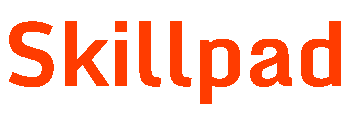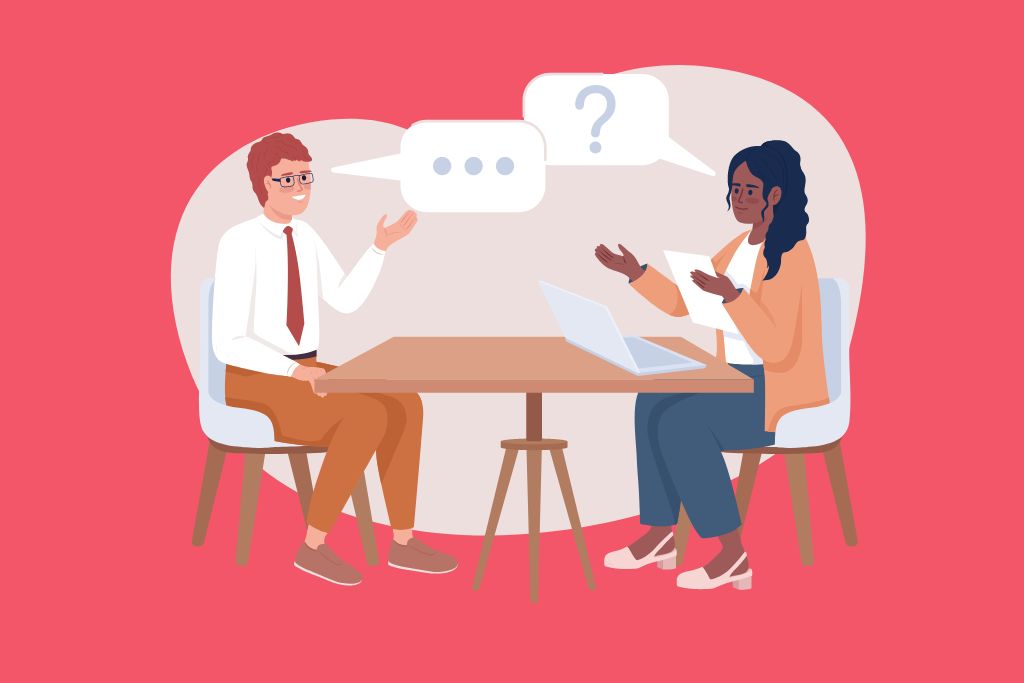Your appearance speaks volumes before you even say a word. Dressing appropriately for a job interview isn’t just about looking good—it’s about showcasing your professionalism, understanding of workplace norms, and respect for the opportunity. While your skills and experience remain the deciding factors, your attire can subtly influence how your potential employer perceives you.
In this guide, we’ll explore everything you need to know about dressing for a job interview, including universally flattering colours, attire categories, and essential tips to ensure you’re ready to make the best impression.

Choosing the Right Colours: Universal Options That Never Fail
The colours you wear can impact how you are perceived. For interviews, stick to professional, neutral tones that convey confidence and competence. Here are some tried-and-tested options:
- Navy Blue:
A favorite among interviewees, navy blue exudes sophistication and dependability. It’s a classic choice that works well in nearly all professional settings, regardless of industry.- Why it works: Navy is calming and communicates trustworthiness.
- Pro tip: Pair navy with a crisp white shirt or blouse for a clean, professional look.
- Gray:
Gray offers a polished, neutral option that balances seriousness and approachability.- Why it works: It conveys stability and competence without being overpowering.
- Pro tip: Choose a mid-tone gray suit and pair it with a soft-colored shirt for contrast.
- Black:
Timeless and authoritative, black is perfect for roles in formal or traditional industries.- Why it works: It symbolizes power and elegance but can feel overly formal in casual environments.
- Pro tip: Add subtle accessories or a pop of color to break up an all-black outfit.
- White:
White shirts or blouses symbolize precision and professionalism.- Why it works: Its crisp, clean appearance ensures a fresh look.
- Pro tip: Ensure your white attire is spotless and ironed for maximum impact.

- Beige:
A warm, understated neutral, beige works well in less formal interview settings.- Why it works: It conveys calmness and approachability while remaining professional.
- Pro tip: Combine beige with darker tones for a balanced outfit.
Job Interview Attire Categories
Depending on the industry, company culture, and position, the appropriate dress code may vary. Below are common categories of job interview attire:
1. Business Professional
The gold standard for interviews in corporate, finance, or law-related fields.
- For men: A tailored suit in navy, black, or gray, paired with a solid or subtly patterned tie.
- For women: A skirt suit, pantsuit, or sheath dress paired with a blazer. Keep accessories minimal—opt for a simple watch or stud earrings.
- Pro tip: Stick to closed-toe shoes, and ensure your attire fits perfectly for a polished appearance.
2. Business Casual
A slightly relaxed version of business professional attire, common in tech or mid-level managerial positions.
- For men: Dress pants or chinos with a button-down shirt, optional tie, and loafers or oxfords.
- For women: Dress pants or a pencil skirt paired with a blouse or knit sweater. Low-heeled or flat shoes are acceptable.
- Pro tip: Avoid overly casual items like jeans or sneakers to maintain professionalism.
3. Creative Professional
Best suited for interviews in fields like advertising, media, or design. This category allows for a bit of personality while maintaining polish.
- For men: A blazer paired with dark-wash jeans and a patterned shirt or turtleneck.
- For women: A dress with a creative print or a bold-colored blouse with tailored pants.
- Pro tip: Express your creativity through accessories, like a statement necklace or a unique tie.
4. Smart Casual
A relaxed style for startup or casual workplace interviews. This category strikes a balance between comfortable and professional.
- For men: Dark jeans or chinos with a collared shirt or sweater.
- For women: A casual dress, skirt, or trousers paired with a polished top.
- Pro tip: Avoid looking too casual—no graphic tees, flip-flops, or overly distressed jeans.
Additional Tips for Interview Attire
To ensure your outfit makes a lasting impression, keep the following points in mind:
1. Research the Company’s Dress Code
Understanding the company culture is crucial. A tech startup may appreciate smart casual, while a law firm will expect business professional. If unsure, err on the side of formality.
2. Prioritize Comfort and Fit
Your confidence can take a hit if you’re uncomfortable in your outfit.
- Ensure your clothes fit well and allow ease of movement.
- Avoid overly tight or baggy clothing, as it can appear unkempt.
3. Maintain Grooming Standards
- Keep your hair neatly styled or tied back.
- Nails should be clean and trimmed.
- For makeup, opt for a natural, polished look.
4. Pay Attention to Accessories
- Shoes: Polish your shoes and avoid scuffed or worn-out footwear.
- Jewelry: Stick to minimal, non-distracting pieces.
- Bags: Choose a sleek bag or portfolio to carry your documents instead of a bulky backpack.
5. Test Your Outfit
Wear your outfit in advance to check for wrinkles, stains, or wardrobe malfunctions. Walk, sit, and stand in it to ensure comfort and functionality.
Parting Thoughts
Your interview attire is a visual representation of your seriousness and professionalism. By dressing appropriately, you not only show respect for the opportunity but also boost your own confidence. Combine your polished appearance with thorough preparation, and you’ll make a strong, lasting impression on your potential employer.
Remember: The goal isn’t just to look good but to feel empowered and ready to showcase the best version of yourself. Good luck with your interview journey!




